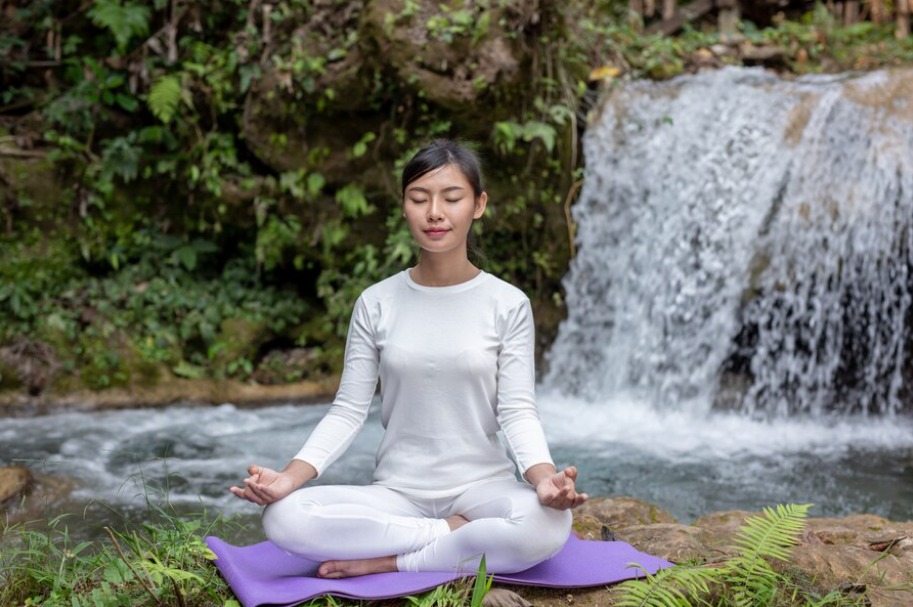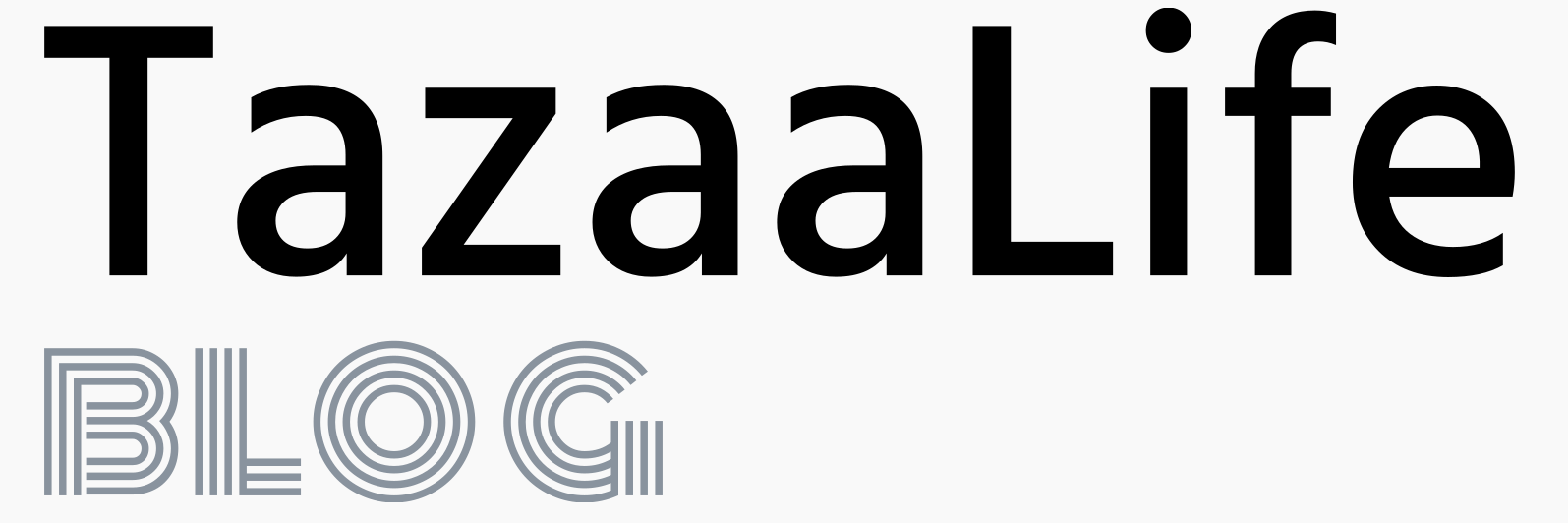In the fast-paced and regularly erratic world we live in, encountering uneasiness and fear may be a feature of the human encounter. Whether it’s activated by outside circumstances or inside battles, overseeing these feelings is significant for our in general well-being. The ten successful procedures to explore the storm of uneasiness and fear, enabling people to recapture control and discover peace inside themselves.
1. Mindfulness Meditation:

- The Control of Presence: Mindfulness reflection includes bringing consideration to the present minute without judgment. By centering on the breath or sensations within the body, people can ground themselves within the presently, breaking the cycle of on edge contemplations almost long-standing time or past.
- How to Begin: Find a calm space, sit comfortably, and bring your consideration to your breath. Breathe in profoundly, breathe out gradually, and let go of any pressure. Steady hone can improve your capacity to remain display and oversee anxiety.
2. Deep Breathing Exercises:

- Calming the Apprehensive System: Deep breathing actuates the parasympathetic anxious framework, advancing relaxation and lessening the fight-or-flight reaction related with uneasiness. Strategies like diaphragmatic breathing or box breathing can be capable tools.
- Incorporating Breathwork: Practice profound breathing by breathing in gradually for a number of four, holding for four tallies, breathing out for four checks, and after that for another four checks. Rehash this cycle a few times to encounter a calming effect.
3. Progressive Muscle Unwinding (PMR):

- Relaxing the Body, Calming the Mind: PMR includes methodically straining and after that distinctive muscle bunches, advancing physical and mental unwinding. This procedure makes a difference discharge physical pressure related with anxiety.
- Step-by-Step Practice: Begin along with your and work your way up to the brow, straining and after that each muscle bunch. Center on the differentiate between pressure and unwinding to upgrade the calming effect.
4. Cognitive Behavioral Therapy (CBT) Techniques:

- Changing Negative Thought Patterns: CBT could be a approach that makes a difference people recognize and challenge negative thought designs contributing to uneasiness. By reframing contemplations, people can alter their passionate response.
- Practice Self-Reflection: When uneasiness emerges, inquire yourself in the event that your contemplations are based on realities or assumptions. Challenge nonsensical convictions and supplant them with more reasonable and positive perspectives.
5. Regular Exercise:

- Boosting Endorphins and Reducing Stress: Physical movement discharges endorphins, the body’s normal disposition lifters, and diminishes cortisol, the push hormone. Standard work out is connected to moved forward mental well-being and can be a successful way to manage anxiety.
- Finding Bliss in Movement: Engage in exercises you appreciate, whether it’s strolling, running, moving, or yoga. The key is to create work out a normal portion of your schedule to involvement enduring benefits.
6. Healthy Way of life Choices:

- Balanced Nourishment and Satisfactory Sleep: A well-balanced eat less and adequate rest contribute to generally physical and mental health. Nutrient-rich nourishments and quality rest back the body in overseeing push and anxiety.
- Hydration and Mind-Body Connection: Stay hydrated, as lack of hydration can exacerbate sentiments of uneasiness. Additionally, explore mind-body hones such as careful eating to cultivate a more profound association between your body and mind.
7. Journaling and Expressive Writing:
- Putting Considerations on Paper: Journaling gives a space to precise considerations and feelings, making a difference to pick up clarity and understanding. Composing almost fears and tensions can give a sense of discharge and perspective.
- Structured Composing Exercises: Set aside time each day to type in openly almost your sentiments or utilize structured prompts to direct your composing. Investigate designs, recognize triggers, and celebrate small victories in your journal.
8. Establishing a Back System:
- Connection and Understanding: Reach out to friends, family, or a specialist to share your sentiments. Building a back framework makes a sense of association and gives an outlet for communicating fears and anxieties.
- Active Tuning in and Empathy: Foster open communication by effectively tuning in to others and communicating sympathy. Knowing that you’re not alone in your battles can reduce sentiments of isolation and contribute to passionate well-being.
9. Mindful Distraction:
- Engaging the Senses: When uneasiness crests, lock in in exercises that capture your consideration and include the faculties. Whether it’s tuning in to music, practicing a leisure activity, or investing time in nature, careful diversion can divert focus.
- Creating a Mindfulness Toolkit: Compile a list of exercises that bring you delight and calmness. When uneasiness strikes, select a movement from your toolkit to move your center and break the cycle of negative thoughts.
10. Setting Practical Goals:
- Breaking Down Challenges: Anxiety can be overpowering, particularly when faced with huge errands or instabilities. Break down objectives into littler, reasonable steps to create advance more achievable.
- Celebrate Achievements: Acknowledge and celebrate each achievement, no matter how little. Recognizing your endeavors and accomplishments strengthens a positive mindset and builds certainty in managing anxiety.

